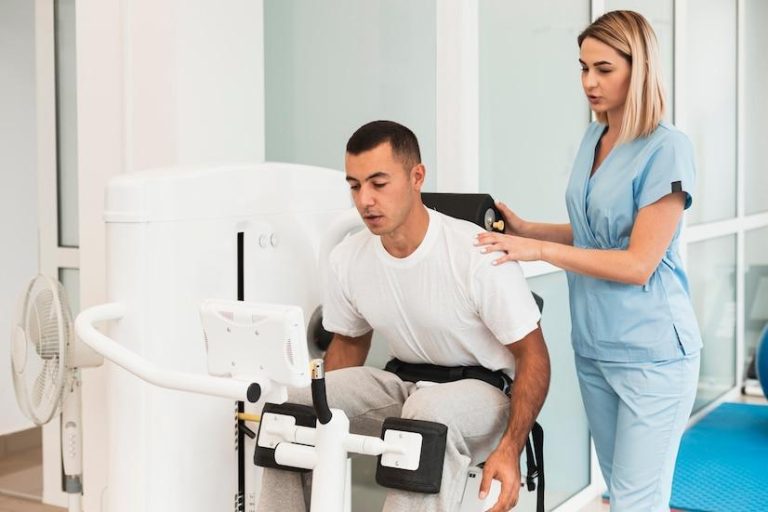
Mergers and acquisitions (M&A) can be a valuable growth strategy for home care providers, allowing them to expand their services, geographic reach, and market share. However, the M&A process can be complex and challenging, with many potential pitfalls and risks. In this article, we will outline some best practices for home care mergers and acquisitions in the USA, drawing on lessons learned from successful deals.
Conduct Thorough Due Diligence
Due diligence is a critical step in the M&A process. It involves conducting a comprehensive review of the target company’s financial, operational, legal, and regulatory status to identify potential risks and opportunities. Successful deals require a deep understanding of the target company’s operations, culture, and values, as well as a clear vision for how the two companies will integrate.
Seek Complementary Partners
Successful M&As often involve partnering with companies that complement your strengths and services. For example, a home care provider that specializes in medical care may partner with a provider that focuses on non-medical care, or a provider that serves a different geographic region. By seeking complementary partners, you can expand your service offerings and reach new markets while minimizing competition and redundancy.
Focus on Cultural Fit
Cultural fit is a critical factor in the success of an M&A. It’s important to assess the target company’s culture and values to ensure they align with your own. Companies with similar cultures are more likely to have a smooth integration process and a cohesive team. On the other hand, companies with vastly different cultures may struggle to integrate and could experience high turnover and dissatisfaction among staff.
Plan for Integration
Integration planning is a critical step in the M&A process. It involves developing a detailed plan for how the two companies will merge their operations, staff, and culture. This plan should address potential areas of overlap, such as staff roles and responsibilities, technology, and policies and procedures. By planning for integration upfront, you can minimize disruptions to clients and staff and ensure a smooth transition.
Communicate Clearly and Often
Clear and frequent communication is essential throughout the M&A process. It’s important to keep staff, clients, and other stakeholders informed about the progress of the deal and any changes that may impact them. This can help build trust and reduce anxiety among staff and clients, who may be uncertain about the future of the company.
Address Regulatory and Legal Issues
M&As in the home care industry may involve complex regulatory and legal issues. It’s important to have a clear understanding of these issues and to address them upfront. This may involve seeking legal or regulatory guidance, obtaining necessary licenses or certifications, or addressing compliance issues.
Seek Professional Advice
M&As can be complex and challenging, and it’s important to seek professional advice from experienced advisors. This may include attorneys, accountants, business brokers, and other professionals with expertise in the home care industry. These advisors can provide guidance on valuation, negotiation, due diligence, integration, and other aspects of the M&A process.
Conclusion
Mergers and acquisitions can be a valuable growth strategy for home care providers, but they require careful planning and execution. By following best practices such as conducting thorough due diligence, seeking complementary partners, focusing on cultural fit, planning for integration, communicating clearly and often, addressing regulatory and legal issues, and seeking professional advice, home care providers can increase the likelihood of a successful M&A that drives growth and creates value for all parties involved.






